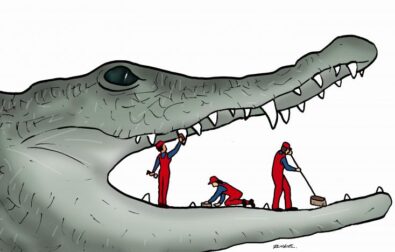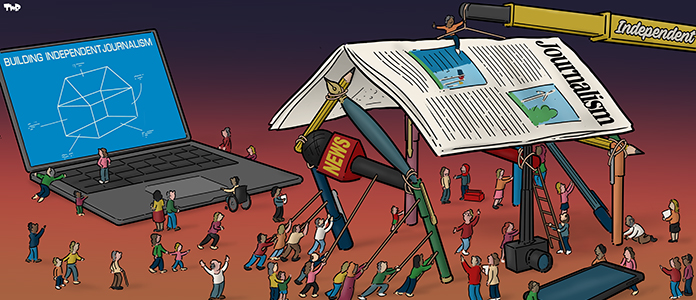Romania is not slated to join the eurozone before 2014, and yet prices there are often marked in euros in shop windows and on advertising posters. In fact, Romanians have picked up the habit of converting back and forth between lei and euros in their heads. But how come the economy has been “euro-ised”? enquires Jurnalul national. Because "instead of achieving economic stability by conventional means”, as in Poland, Romania has "taken its bearings by stable euro- and dollar-based economies" with a view to fighting inflation. This process, elaborates the Bucharest paper, is the natural consequence of previous dollarisation back when prices were marked in lei and in the US currency. Between 1997 and 2002, the use of monetary reserves in stable currencies like the dollar or the euro was the only possible way to balance the economy, explains the IMF. After that, the euro-dollarisation of the economy served solely to mask the weakness of fiscal policies that were unable to put the national currency back on an even keel.
Support border-free European journalism
See our subscription offers, or donate to bolster our independence











